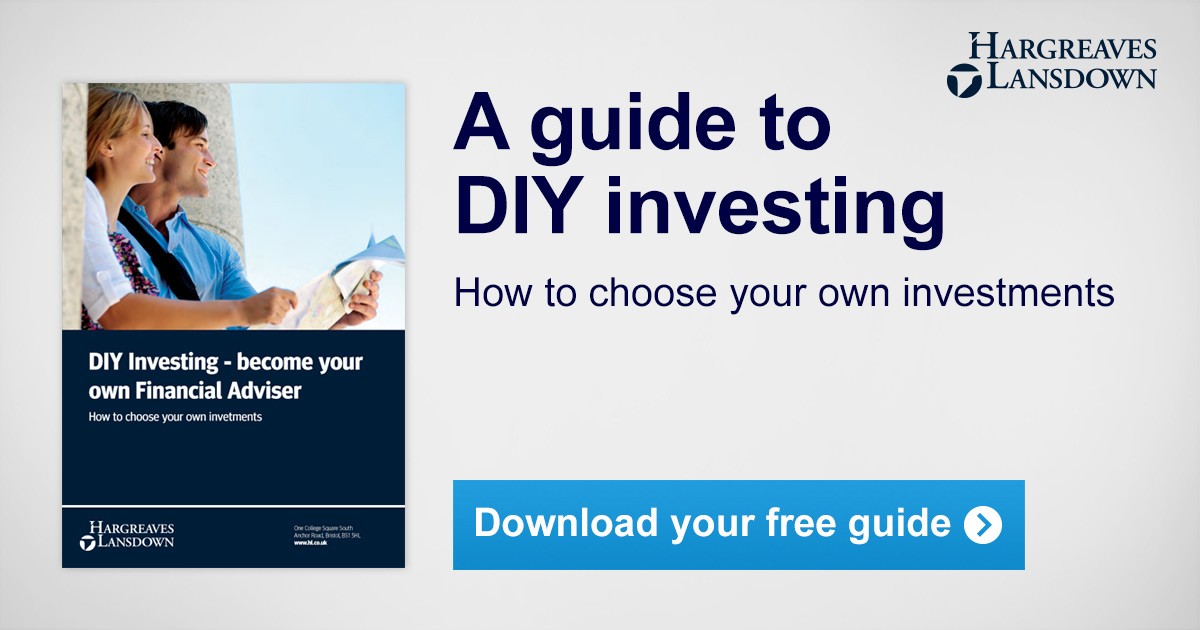The 5 Most Common DIY Investing How To Avoid Them
Post on: 3 Апрель, 2015 No Comment

I used to work in derivative sales, serving investment and brokerage firms across the country. Since I worked in the industry, it seemed only obvious that I would invest my money myself. I felt I was equipped to do better than the average person I even had my own Bloomberg terminal! After 5 years in the know, I was ashamed to admit that more than 80% of my savings was sitting in cash doing nothing. I kept meaning to set aside a Sunday afternoon to figure out how to invest my savings and put an asset allocation plan into action, but work got busier and constant traveling derailed all my DIY intentions.
Since joining Personal Capital, Ive learned that many of our users fall into the same trap. Our users on average hold three times more cash than they need in their investment portfolio. Our average user keeps 14% of their portfolios in cash (when the recommended amount is closer to 5%). Nearly 10% of our users, have over 50% of their brokerage accounts in cash.
DIY investing can appear to make sense for a lot of people but even those in the know can run into mistakes. The Head of Advisory Services at Personal Capital recently sat down and shared the most common DIY investor pitfalls that hes encountered over the years (watch the recorded webcast here ). Before trying your hand at investing yourself, avoid these five most common mistakes.
Managing your personal finances, especially long-term planning for retirement, is on your to-do list. But it gets pushed down the list, after work, family, errands, travel and completely left on the back burner.
When your refrigerator stops working, or your car needs a tune up, you take it into the shop. When your child is sick, you take her to the doctor. We rely on professionals all the time, but we always focus on the immediate. It’s easy to let something like retirement planning slide until tomorrow, or next month, or next year.
You shouldn’t treat your financial future like this. Almost everyone’s investment strategy needs planning. If you don’t have the time or passion to manage it yourself, take your investments to someone who does have the time and is passionate about it.
If you’re like most investors, you have multiple retirement accounts, savings accounts, and brokerage accounts, all in different places. Plus you might have your spouse’s accounts or childrens 529s to consider. A lot of people can’t even remember which investments are where. It happened to me and happens to a lot of people.
On top of knowing where your money is, do you actively try to minimize taxes and fund fees? Almost every investor, even those with many millions of dollars, are paying more in taxes within their investment accounts than they should be. Because of this, DIY investing is not always saving you money. Consider talking to someone who can help with tax and fee efficiency. In some cases, you can save more in taxes than the advisor fee you may be paying.
Is your retirement on track? Do you have enough in your 401k and other retirement accounts Do you know how much is enough?
You need to build a long-term investment plan based on your personal goals. Make sure your portfolio is properly maintained and efficiently allocated for retirement. Dont think of it as a one-time shot, but an ongoing process as circumstances change. Talking to a professional can be extremely valuable in figuring out how to create income when you do retire.

People can be their own worst enemy, especially when it comes to investing. We all know we should exercise regularly and eat right, and every January, a lot of us make resolutions to work out and get healthy. Its no wonder gym memberships spike every January. But very few people have the plan in place or discipline to stay on track. That’s what happens to most DIY investors with a haphazard investment strategy. They don’t have a clear idea of what their portfolio asset allocation looks like. They can’t say why they made the allocations they did in their 401k. Their portfolio is a just collection of random holdings and they aren’t sure how they fit together.They are relying on luck and hope, not strategic thinking.
Any of this sound familiar? Make a plan and stick to it. If you cant, hire an advisor to put a plan into action and force you to stay disciplined and accountable.
We all want to invest based on the latest information. Its tempting to invest based on what you see on CNBC. As fast as electronic media is, this rarely works since the market has already priced in all available public information.
Understand that sometimes you dont have all the expertise you need. Talking to someone who does is a sign of strength, not weakness.
Photo Credit: DIY burnt cookies, creative commons.














